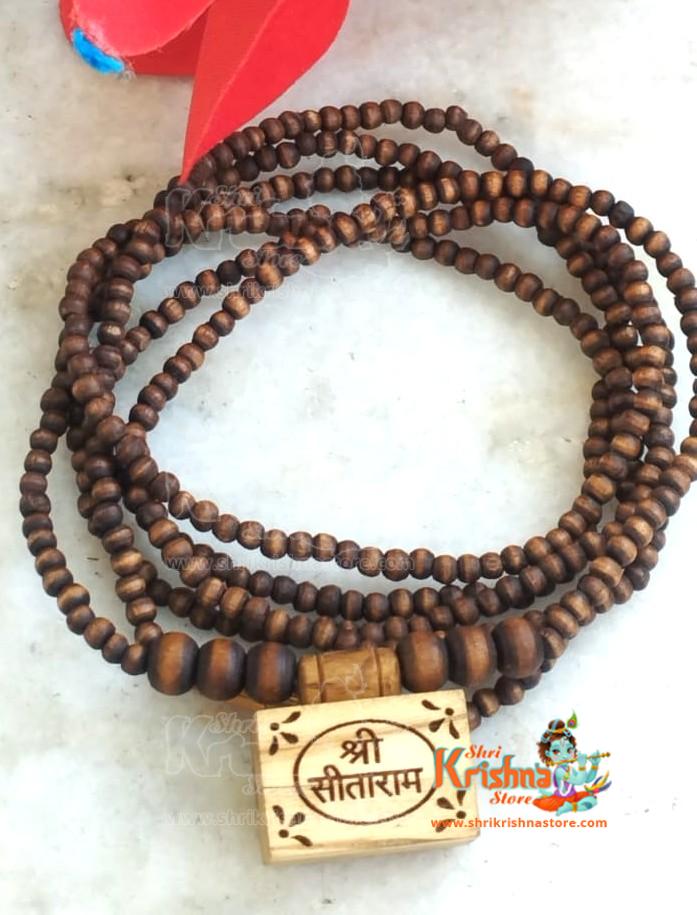The Divine Grace of Original Tulsi Panchmala & Bhaktmala
The Divine Grace of Original Tulsi Panchmala & Bhaktmala
Blog Article

In the rich tradition of devotional worship, especially within the Vaishnava and Bhakti movements, sacred items such as Tulsi malas are more than accessories — they are expressions of love, purity, and spiritual discipline. Among these, the Original Tulsi Panchmala & Bhaktmala hold a revered place for devotees seeking deeper connection with Lord Krishna or Vishnu.
What is Tulsi and Why is It Sacred?
Tulsi (Holy Basil) is no ordinary plant. Known as Vrinda Devi in the spiritual texts, she is considered a pure devotee and consort of Lord Vishnu. Wearing or chanting on Tulsi beads is said to bring protection, purification, and divine blessings.
The Skanda Purana and Padma Purana mention that Tulsi is dear to Lord Vishnu and Krishna. She is worshipped not only as a plant but as a living goddess who brings auspiciousness and spiritual advancement.
Original Tulsi Panchmala
The Panchmala (meaning five malas) is a garland made from five strands of Tulsi beads intricately strung together. This mala is typically worn around the neck and sometimes the chest or torso as part of devotional attire.
Features of the Panchmala:
-
Five interwoven Tulsi bead strands, symbolizing devotion, surrender, and protection.
-
Worn by many ISKCON and Gaudiya Vaishnava devotees.
-
Helps in shielding the wearer from negative energy and elevates spiritual consciousness.
-
Reminds the devotee to stay centered on Krishna at all times.
Wearing a Panchmala is also seen as a sign of complete surrender (sharanagati) to Lord Krishna. It is not just an identity; it's a sacred vow to live a life of devotion.
Original Tulsi Bhaktmala
The Bhaktmala is another form of Tulsi mala worn by devotees. It usually consists of a single, long strand of Tulsi beads, worn around the neck or used during chanting and meditation.
Features of the Bhaktmala:
-
Crafted from pure Tulsi wood with natural finish and divine aroma.
-
Ideal for both wearing and japa (mantra chanting).
-
Traditionally worn by saints, sadhus, and householders dedicated to Bhakti Yoga.
-
Associated with increased spiritual strength and protection.
What Is a Gomukhi or Japa Bag?
The word Gomukhi comes from Sanskrit—Go meaning "cow" and mukhi meaning "mouth." The design of the bag resembles the shape of a cow's mouth, which in Vedic tradition is considered sacred and auspicious. The Gomukhi is specifically made to house Gomukhi Chanting Bead Japa Bag (chanting beads), usually made of tulsi, neem, sandalwood, or rudraksha.
This bag is not just a pouch but a spiritual tool, used primarily for mantra japa—the meditative repetition of sacred sounds, especially the Hare Krishna Mahamantra:
Hare Krishna, Hare Krishna,
Krishna Krishna, Hare Hare,
Hare Rama, Hare Rama,
Rama Rama, Hare Hare.